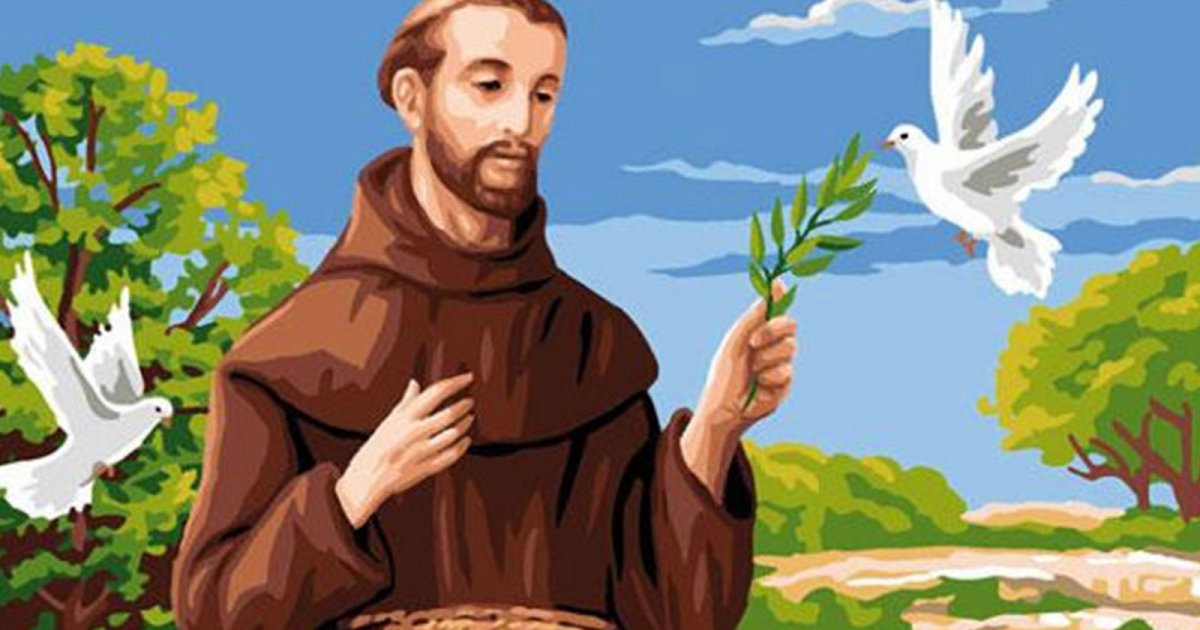BASILICA OF SAN FRANCESCO, Lower Basilica
 Language: English / USA
Language: English / USA
You’re now in the Lower Basilica: the light from the outside adds a particular allure to mysterious world shrouding the body of the saint like a precious casket. With today’s electric lighting, much has changed, but try to imagine the impact this experience must have had on the pilgrims of the past, who had come from far and wide to be closer to this saint who had revolutionized the approach to believing in God, in the flickering light of oil lamps.
In those days, the lower church was a marvelous, mysterious setting, where the remains of Saint Francis were once hidden underground. In the 19th century, the remains were discovered, and could be visited by walking down the same steps still used today, but at one time, the saint’s presence was marked only by the altar and the bright frescoes above it.
If you look above the altar, on a gold background, you’ll see illustrations representing the fundamental ideas of Franciscanism: they may have been painted by Giotto, the most famous artist of his time, with the guidance of a wise Franciscan theologian. If you look carefully, preferably with the aid of binoculars, among the numerous figures, you can spot a curious scene: Francis, with Jesus observing him tenderly at his side, is placing a wedding ring on the finger of a thin female figure dressed in torn clothes. If you observe the thorny bushes at the woman’s feet, you’ll see that they turn into roses behind her shoulders, symbolizing how something unpleasant can be turned into something marvelous. The scene represents the saint’s Mystical Marriage to Poverty: having no worldly goods was one of the values of Franciscan spirituality.
But what did Saint Francis look like? Move to the right, under the large vault where Giotto, assisted as always by numerous painters from his workshop, illustrated the life of Christ.
Press pause and look for a slightly different fresco, the solemn, monumental Maestà painted by Cimabue, showing the Virgin Mary enthroned among the angels.
Saint Francis can be seen standing on the right, wearing worn clothing and with his stigmata clearly visible. What is most striking of all, however, is his face, with protruding ears which might have been an actual portrait of the saint!
An interesting fact: near the tomb of the Saint is the Votive Lamp of the Municipalities of Italy. The oil for it is donated by a different municipality each year, during the solemn feast of the country’s patron saint on 4th October.



